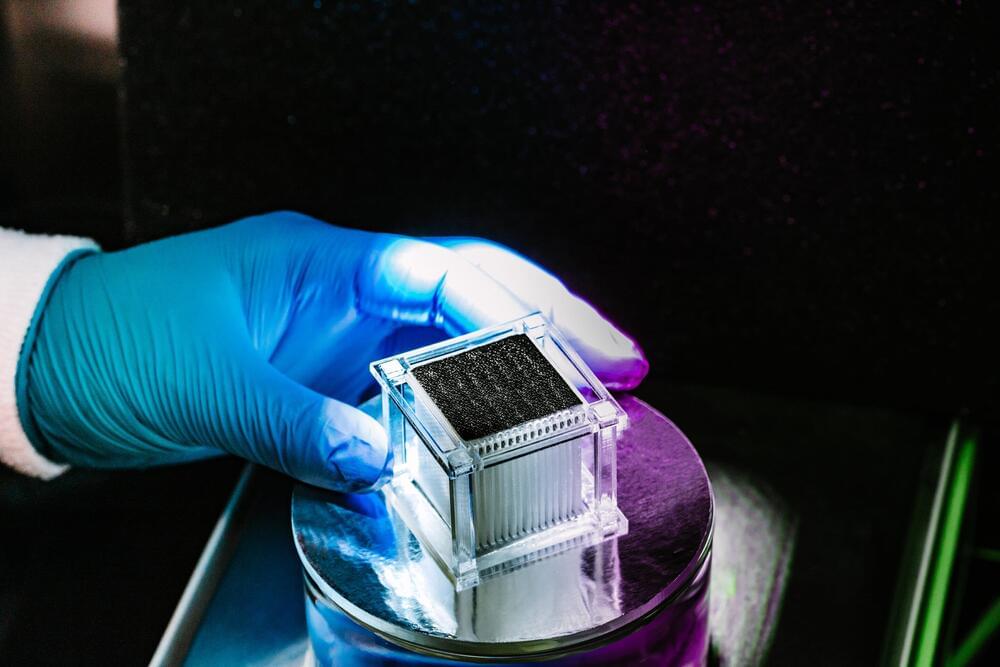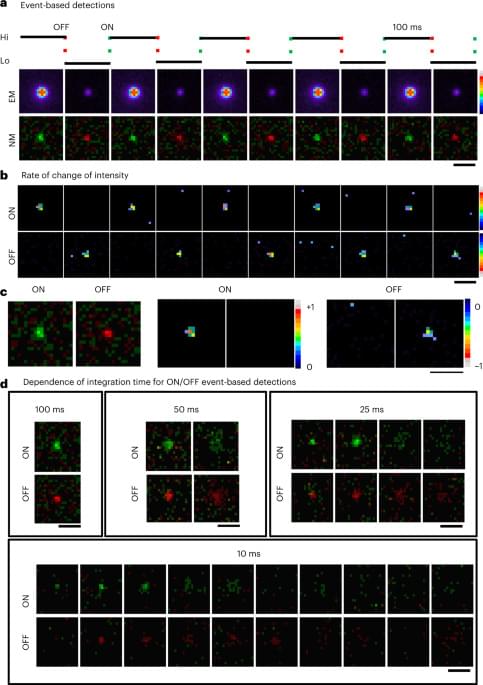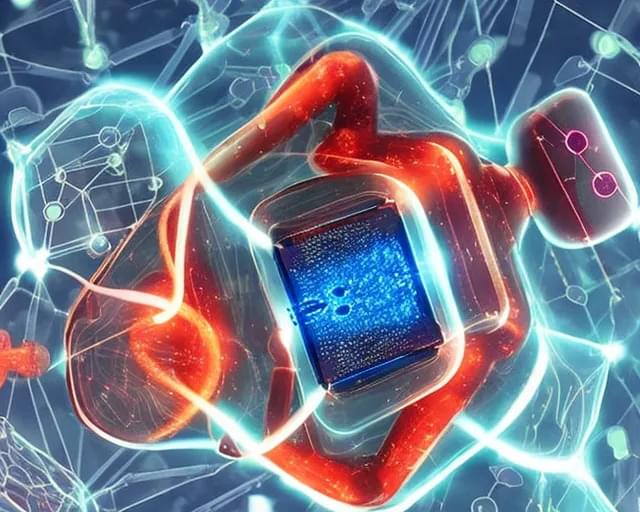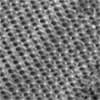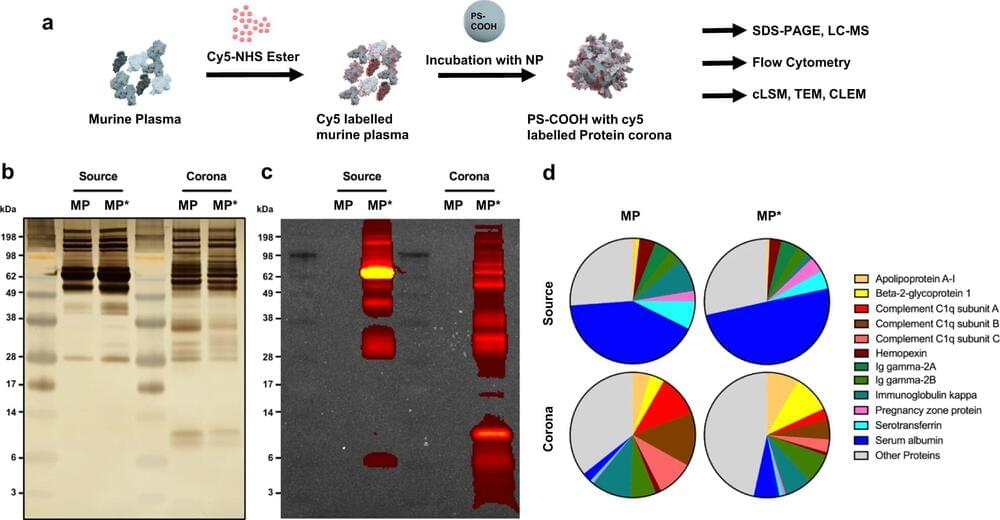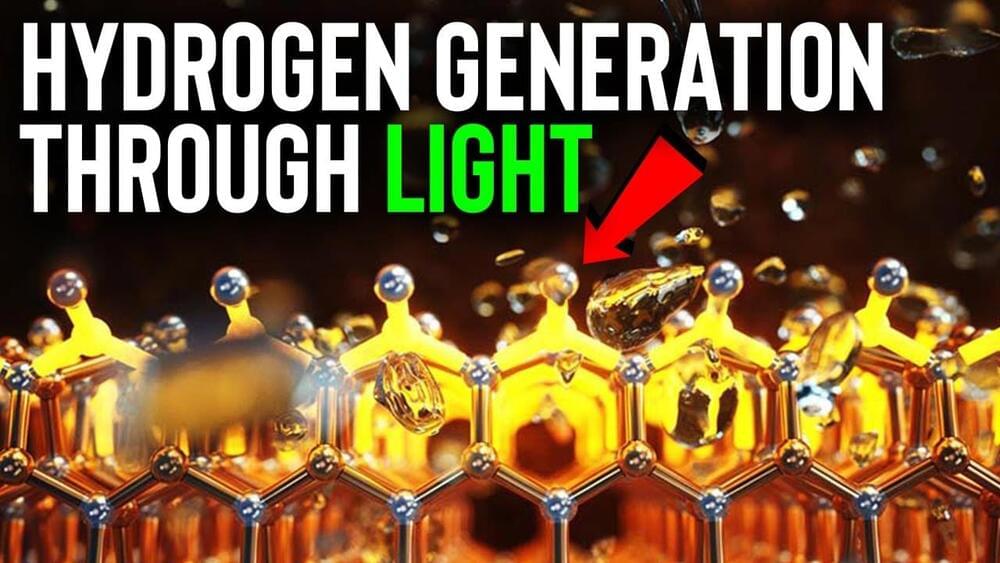Jan 30, 2023
Salt-rejecting microchannels help make seawater drinkable using the power of the sun
Posted by Genevieve Klien in categories: nanotechnology, solar power
A solar distillation device can purify brine from reverse osmosis plants with over 10 percent salinity, as well as water taken directly from the Red Sea. The technology offers double the freshwater production rate of existing salt-rejection solar stills.
Inspired by the floating solar still in “The Life of Pi” movie, KAUST professor Qiaoqiang Gan has developed several nanomaterials and thermal isolation processes to enhance the evaporation of brackish water into pure steam. In 2016 he launched a startup, Sunny Clean Water, that produces low-cost inflatable stills capable of generating 10–20 liters of fresh water per day.
